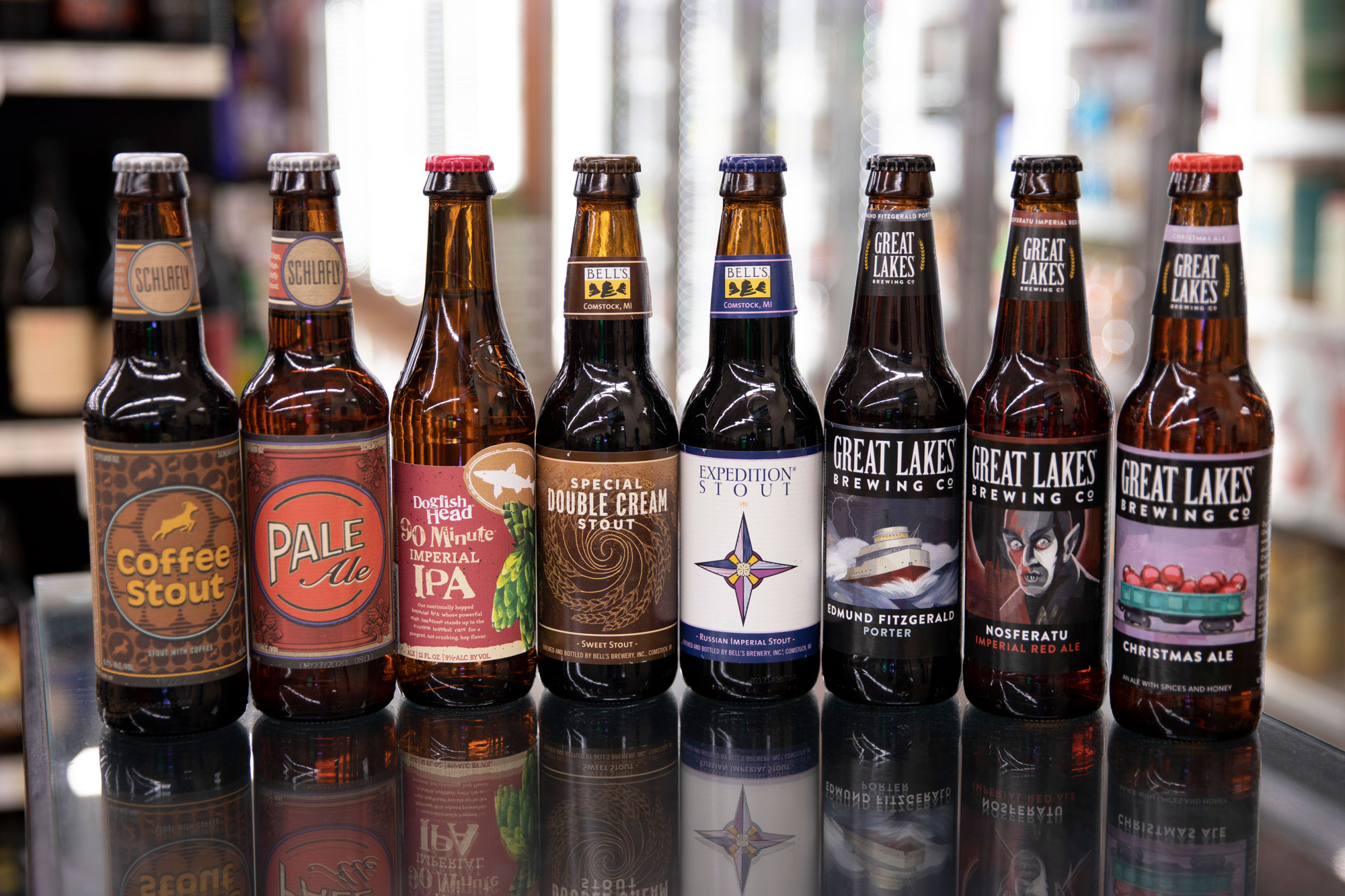The Ultimate Distillery Experience: From Grain to Glass, Everything You Required to Know
Beginning on a trip via the complexities of the distillery procedure introduces a world where science fulfills artistry in the development of spirits. From the careful choice of grains to the thorough crafting of each container, every action in the production line plays a vital duty fit the final item that graces our glasses. As we explore the nuances of flavor, aging, and purification profiles, a much deeper gratitude for the workmanship and commitment behind each sip arises. Join us as we decipher the layers of experience and enthusiasm that finish in the supreme distillery experience.
The Art of Grain Option
Selecting the optimal grains is a critical action in the purification procedure, determining the flavor account and top quality of the final product. The type of grain selected significantly influences the character of the spirit being created - Distillery in Galveston. Usual grains used in distillation include barley, rye, wheat, and corn, each imparting unique tastes and features to the last item
/https://static.texastribune.org/media/images/2017/06/07/Brewery-Rich-12-TT-crop.jpg)
Beyond taste considerations, the high quality and pureness of the grains are critical. Distillers diligently source grains to ensure they are devoid of impurities and possess the required starch web content for fermentation. By understanding the art of grain selection, distillers lay the structure for creating extraordinary spirits that astound the taste.
Purification Process Demystified
Having established the structure with careful grain selection, the purification process emerges as the transformative stage where the significance of the chosen grains is opened and refined right into a spirited type. The procedure doesn't finish there; multiple purification runs or additional steps such as maturing in barrels may additionally refine the spirit, improving its character, intricacy, and taste. Comprehending the details of the distillation procedure is crucial for creating high-quality spirits that mesmerize lovers and fanatics alike.
Barrel Aging and Taste Development
During the barrel aging procedure, spirits undertake a transformative trip as they communicate with the timber, soaking up nuanced tastes and creating a rich intricacy. The sort of timber made use of, normally oak, significantly influences the final preference of the spirit. Oak barrels are preferred for their one-of-a-kind properties that improve the taste account. As spirits age in the barrels, they remove substances such as vanillin, lignin, and tannins from the timber, contributing to the development of aromas like vanilla, caramel, spice, and even hints of toasted oak.
The permeable nature of timber additionally allows the spirit to read more breathe, promoting the combination of flavors over time. Depending on the period of aging and environmental problems like temperature level and moisture, spirits can acquire various attributes, from subtle timber notes to deep, complex tastes that make each batch one-of-a-kind.
Craftsmanship in Bottling and Classifying
As spirits reach their ideal taste profiles via barrel aging, the precise workmanship in classifying and bottling ends up being the next critical action in presenting a premium item to consumers. The procedure of identifying and bottling is an essential facet of the overall distillery experience, as it is the last touchpoint prior to the product gets to the hands of customers (Galveston Whiskey). Workmanship in bottling involves making sure that each container is filled specifically with the spirit, considering aspects such as uniformity in fill levels and the prevention of any type of contaminations entering the bottle

Tasting and Valuing Great Spirits
To totally appreciate fine spirits, one should involve all the detects in a calculated and conscious sampling experience. When sampling fine spirits, it is important to start by observing the spirit's appearance. Note the shade, clearness, and thickness of the liquid in the glass. Swirl the spirit gently to release its aroma. The nose is an important feeling in sampling spirits; take a moment to inhale the complicated fragrances deeply. Next, take a little sip and let it remain on your taste buds. Focus on the various tastes that unfold - from fruity and wonderful notes to spicy or smoky undertones. Consider the mouthfeel, keeping in mind if the spirit is smooth, creamy, or fiery. Swish the spirit in your mouth to totally experience its texture and preference. Ultimately, ingest slowly and appreciate the lingering finish. Fine spirits frequently leave an enjoyable aftertaste that can reveal even extra concerning the workmanship and high quality of the drink. By involving all your detects in this manner, you can truly savor and value the intricacies of great spirits.
Conclusion
To conclude, the distillery experience includes the elaborate art of grain option, the specific purification process, the transformative barrel aging, the thorough craftsmanship in identifying and bottling, and the sophisticated technique of tasting and valuing fine spirits. Each action in the production process plays an important role in producing top quality spirits that astound the senses and joy this article connoisseurs worldwide.
The kind of grain picked substantially influences the character of the spirit being generated. By grasping the art of grain option, distillers lay the foundation for developing remarkable spirits that astound the palate.
